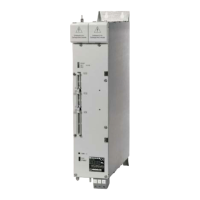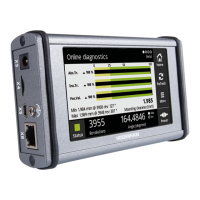8.2 Axis designation for NC-machines and “right-hand-rule”
The three main axes are defined by NC-standards. Traversing directions can be determined by the “right-hand-
rule”.
Example:
Universal Imilling
math ine
+ Z direction
middle finger
i
*
+ Y direction
forefinger
.
/---
+ X direction
- thumb
“Right hand rule”
Coordinates are correlated
to the fingers.
When programming, only tool movement is considered (relative movement of tool) i.e. whilst programming the
operator alvvays assumes that the tool is moving.
Tool movement + X
-Table movement +
X’
With the universal milling machine as illustrated above,
the milling tool should, for example, traverse in a
positive direction. However, due to the table moving
in this axis and not the tool, the table must move in
the left-hand direction. The relative movement of the
tool is therefore in the right-hand direction, i.e. in the
positive X direction. In this case, the traversing
direction of the table is designated X’.
The machine tool manufacturer decides whether the fourth axis is to be used for a rotary table or as an
additional linear axis and also which designation this axis will receive on the display screen:
Rotary axis;
The rotary axis is designated with the letters
A, B
or C; the correlation to the main axes and the
rotating direction is shown in the above illustration.
72
Fourth linear axis
If the fourth axis is to be used as a linear axis, the
designation of this axis is U, V or
W.
The correlation to the maiin axes is shown above.

